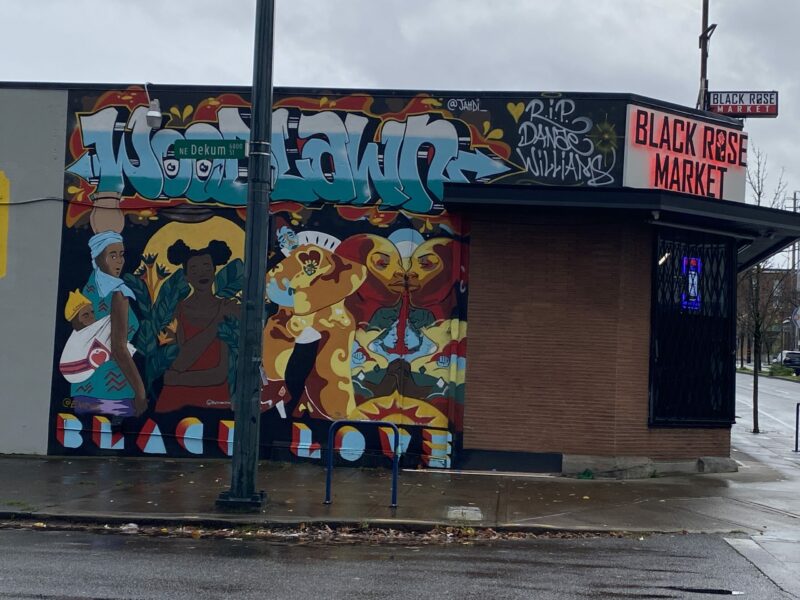Several years ago, before the pandemic shuttered in-person gatherings and fun, the Woodlawn Neighborhood Association in partnership with the Oregon Public House hosted a Woodlawn History Trivia Night. Here are just a few of fun facts from that evening. Many of these were culled from the book, Portland’s Woodlawn Neighborhood, written by our neighborhood historian, Anjala Ehelebe, and published by Arcadia Publishing. We will post more Woodlawn trivia from time to time here on the Go Woodlawn blog. Check back soon!
—In 1888, the railroad running from Portland to Vancouver sited a train station in the center of the Albina area rural farming village that would soon become the town of Woodlawn.
—Woodlawn’s streets were laid out at angles (the Woodlawn Triangle) in the first place to match the railroad’s curved path through the neighborhood. It traveled Fourth/Union/MLK to Eighth then over trestles to Hayden Island to meet the ferry going to Vancouver.
—For decades, the social center of the town of Woodlawn was the Woodlawn Odd Fellows Hall—where the Village Ballroom is currently located. Its previous names have been Woodlawn Hall, Rose City Ballroom, and Scarlett Ballroom.
—Black Rose Market was formerly a Rexall Drugstore. Back then, it had a sideline business filling veterinary prescriptions because of the dog and horse tracks located a few miles from Woodlawn not far from where Amazon now has a giant concrete outpost today.
—Good Neighbor Pizza was once a butcher, then a grocery and after that the Rose City Appliance store. Those details did not surface when it was part of a Portlandia episode way back when.
—The building where Classic Foods is now headquartered—and where the WNA hosts its monthly meetings—has had many very interesting past lives. These include the Grigsby Box Company (they made clothing boxes); Rose City Brewery; the icehouse for the town of Woodlawn in the 1930s; the former well house for the town (before the Bull Run connection; and for storing sandbags for the Army Corps of Engineers during the 1948 Vanport flood.











